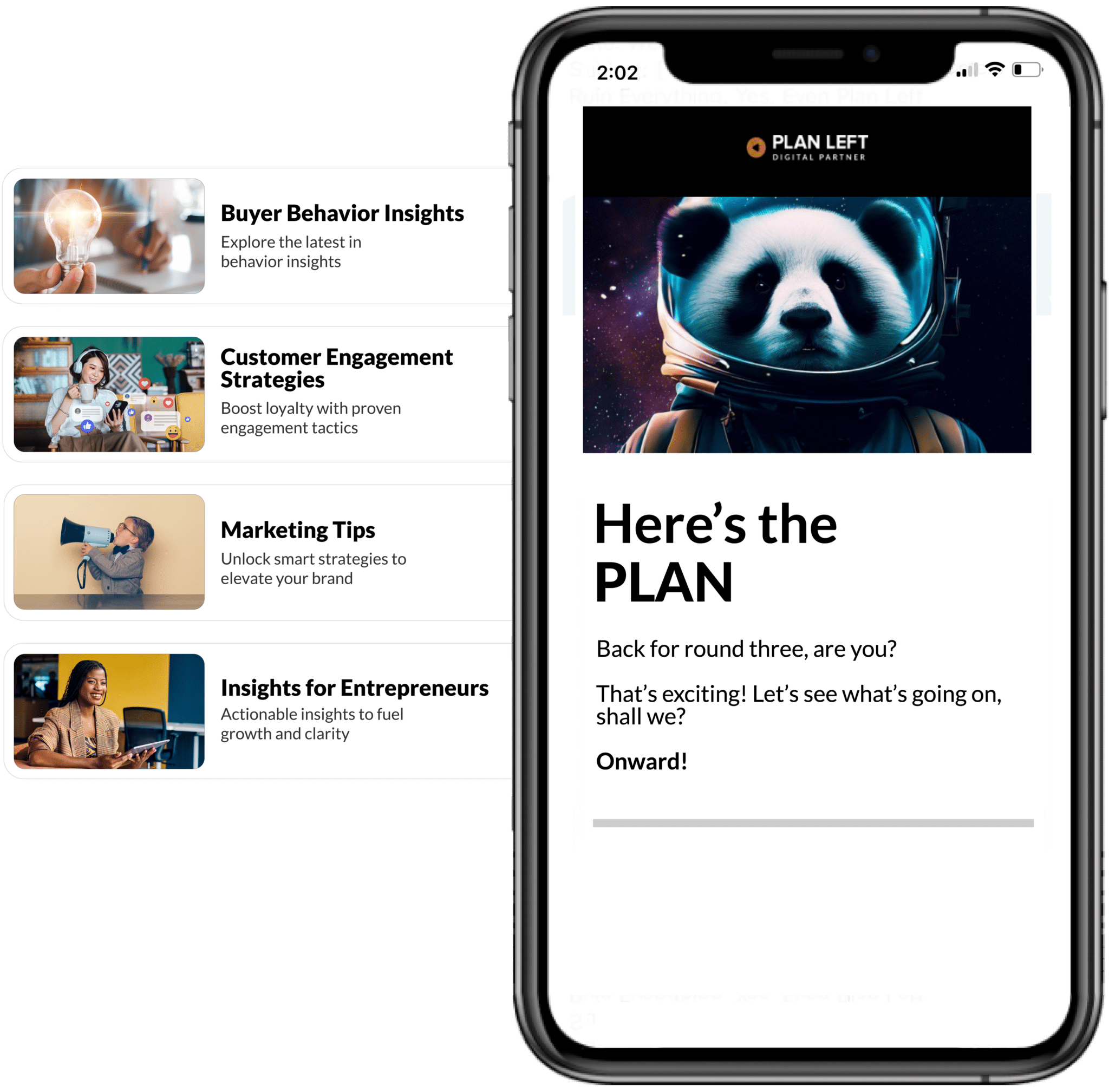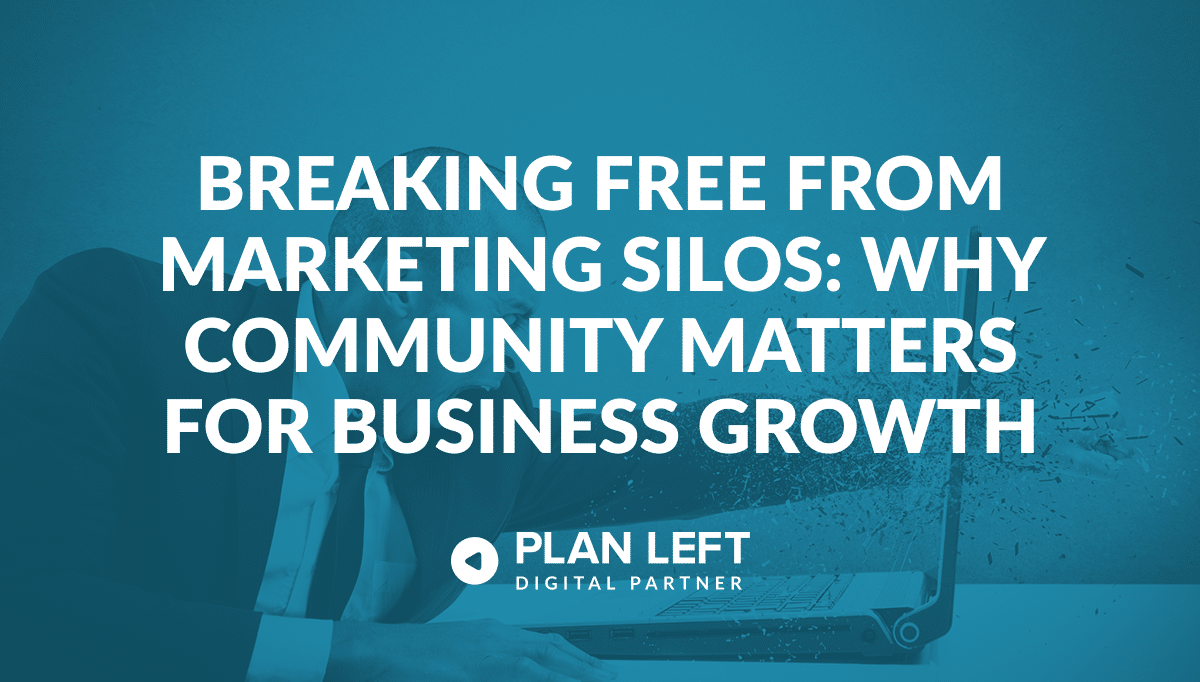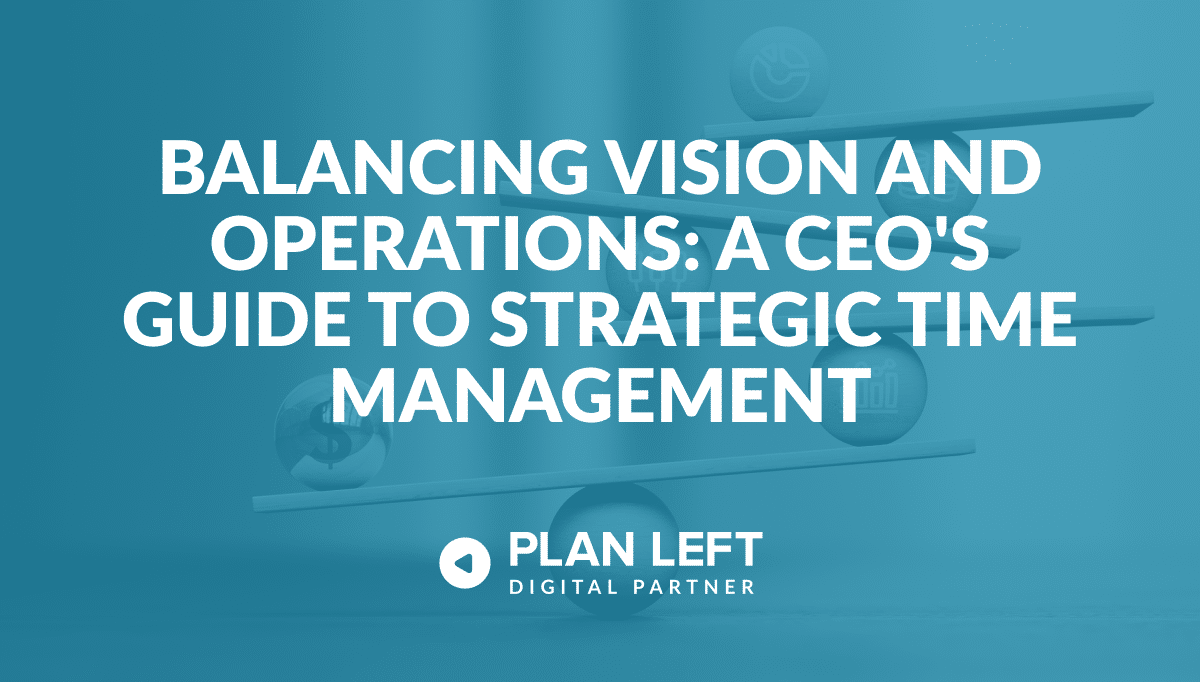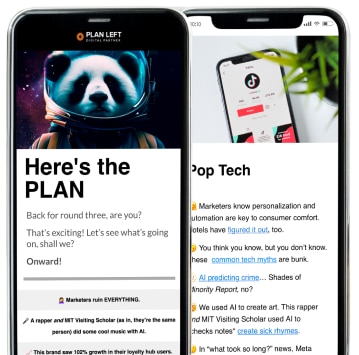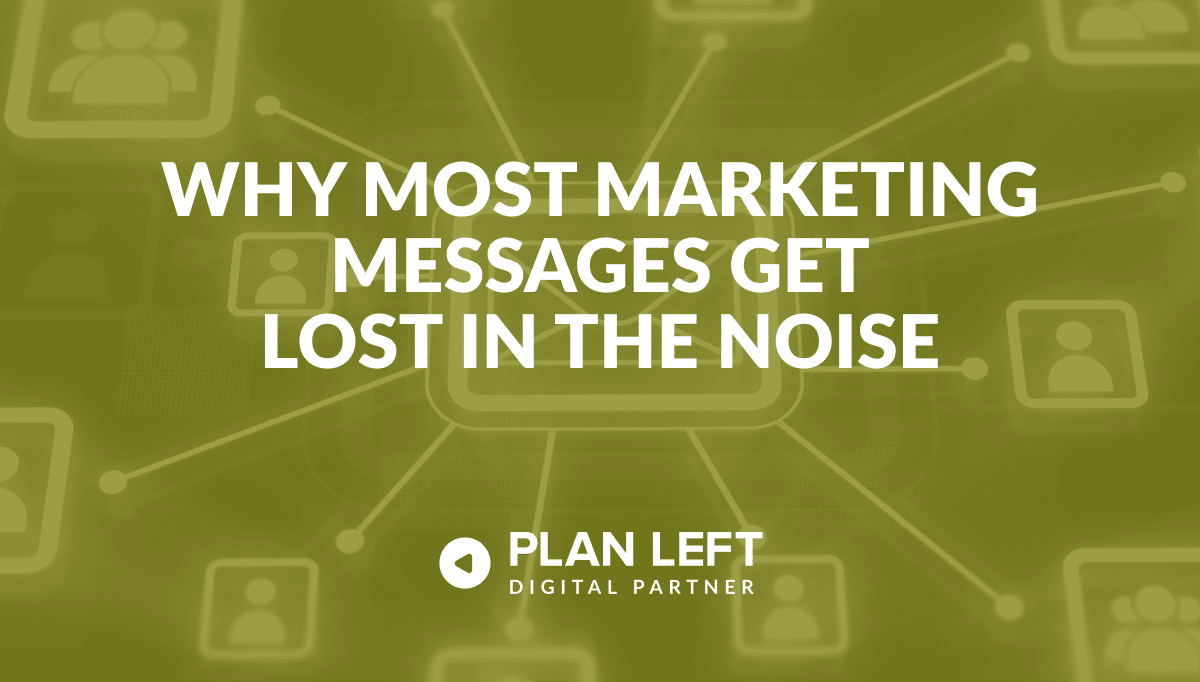
Every marketing professional has experienced that sinking feeling when their carefully crafted campaign launches into the void, generating barely a whisper of engagement. Despite hours of strategic planning and creative execution, the message simply doesn’t land. The harsh reality is that most marketing communications fail to make a meaningful impact, not because they lack creativity or resources, but because they fundamentally misunderstand how to connect with their audience in an oversaturated marketplace.
The Marketing Noise Epidemic
Understanding Information Overload
The modern consumer exists in a state of perpetual information bombardment. Research indicates that the average person encounters thousands of marketing messages daily across digital platforms, traditional media, and environmental advertising. This relentless stream of brand communication has created a psychological defense mechanism where audiences automatically filter out anything that doesn’t immediately capture their attention or provide clear value.
The current state of marketing communications resembles a crowded room where everyone is shouting to be heard, but no one is actually listening. Digital channels have democratized access to audiences, but they’ve also exponentially increased competition for attention. Social media feeds refresh constantly with promotional content, email inboxes overflow with marketing campaigns, and every website visitor encounters multiple calls-to-action before they’ve even finished reading the headline.
This content saturation has profound psychological impacts on consumer behavior. Audiences have developed sophisticated mental filters that automatically dismiss generic, self-serving, or overly promotional messaging. They’ve become experts at recognizing and ignoring marketing speak, creating an environment where only the most authentic and valuable communications break through.
Why Messages Fail to Resonate
Decoding Communication Barriers
The most common mistake in marketing messaging is treating communication as a one-way broadcast rather than the beginning of a conversation. Many organizations craft messages based on what they want to say about their products or services, rather than addressing what their audience actually needs to hear. This inside-out approach creates messaging that feels disconnected from real customer experiences and challenges.
Generic messaging represents another significant barrier to effective communication. When businesses rely on industry jargon, buzzwords, or templated approaches, they create forgettable content that blends into the background noise. Messages that could apply to any company in the industry fail to establish a unique brand identity or compelling reason for engagement.
The lack of genuine audience connection often stems from insufficient research and understanding of customer psychology. Successful marketing messaging requires deep insights into audience motivations, pain points, and decision-making processes. Without this foundation, even well-intentioned communications miss the mark and fail to generate meaningful engagement.
Psychological Principles of Memorable Messaging
The Science of Audience Engagement
Cognitive psychology provides valuable insights for creating messages that stick. The human brain processes information through pattern recognition and emotional association, which means effective marketing messaging must align with these natural mental processes. Messages that trigger cognitive recognition through familiar frameworks or unexpected patterns are more likely to be remembered and acted upon.
Emotional connection consistently outperforms rational communication in terms of message retention and behavioral impact. While logical arguments have their place in marketing strategy, emotions drive decision-making at a fundamental level. Successful marketing messaging taps into feelings of aspiration, security, belonging, or transformation rather than simply listing features and benefits.
Storytelling and narrative techniques leverage the brain’s natural inclination to process information through stories. Human beings are hardwired to understand and remember information when it’s presented as a narrative with characters, conflict, and resolution. Marketing messages that employ storytelling frameworks create stronger emotional connections and improve message effectiveness by making abstract concepts tangible and relatable.
Practical Frameworks for Impactful Messaging
Developing standout marketing communications requires a systematic approach that begins with comprehensive audience research and competitive analysis. Understanding what messages your audience is already receiving helps identify opportunities for differentiation and white space in the market conversation.
A step-by-step approach to message development should start with defining clear communication objectives that align with broader business goals. This foundation ensures that messaging efforts contribute to measurable outcomes rather than simply generating activity. From there, successful messaging development involves crafting core value propositions, testing message variations with target audiences, and refining based on feedback and performance data.
Tools for message differentiation and audience targeting include customer persona development, competitive messaging analysis, and A/B testing frameworks. These methodologies help ensure that marketing communications stand out in crowded markets while maintaining relevance and authenticity with target audiences.
Charting Your Communication Revolution
Transforming marketing messages from noise into meaningful conversations requires commitment to audience-centric thinking and continuous improvement. The most important takeaway is that effective messaging is fundamentally about serving your audience’s needs rather than simply promoting your offerings. This shift in perspective immediately improves message relevance and engagement potential.
Immediate actions to improve communication effectiveness include conducting honest audits of current messaging, gathering direct feedback from customers about their communication preferences, and implementing systematic testing processes for new marketing communications. These steps provide concrete starting points for organizations ready to improve their marketing messaging impact.
Explore Latest Posts
Breaking Free from Marketing Silos: Why Community Matters for Business Growth Every entrepreneur knows the weight of making decisions alone. ... read more
December 11, 2025
A Step-By-Step Approach to Breaking Free from Generic Marketing Enterprise marketing leaders face the challenge of standing out among countless ... read more
December 9, 2025
The constant tug-of-war between strategic vision and operational demands defines the modern CEO experience. While your company's future depends on ... read more
December 4, 2025
Essential Strategies for Entrepreneurs
Get Actionable Business Insights & Marketing Tips
Our newsletter delivers real-world strategies from entrepreneurs who’ve been exactly where you are.
Sign up now for:
- Actionable growth strategies that work
- Insider tactics for attracting top talent
- Real-world case studies from successful founders
- Emerging tech trends that drive innovation
- Pragmatic marketing approaches for visionary leaders
